

Published by The History Press
Charleston, SC
www.historypress.net
Copyright 2015 by John Banks
All rights reserved
Front cover, top, from left : James and Stephen Greene of the 2nd Connecticut Heavy Artillery. Al and Claudia Niemiec collection ; William Cogswell of the 2nd Connecticut Heavy Artillery. Cornwall Historical Society ; bottom : 20th Connecticut monument dedication at Gettysburg on July 3, 1885. Randy Bieler collection.
First published 2015
e-book edition 2015
ISBN 978.1.62585.311.0
Library of Congress Control Number: 2015947677
print edition ISBN 978.1.62619.792.3
Notice : The information in this book is true and complete to the best of our knowledge. It is offered without guarantee on the part of the author or The History Press. The author and The History Press disclaim all liability in connection with the use of this book.
All rights reserved. No part of this book may be reproduced or transmitted in any form whatsoever without prior written permission from the publisher except in the case of brief quotations embodied in critical articles and reviews.
To Carol, Jessie and Meredith, the women who make it all happen .
CONTENTS
ACKNOWLEDGEMENTS
Haunted by the story of Cornelius Dayton, Virginia Shultz-Charette remembers pacing the floor of her house in Winsted, Connecticut, one night, pitying the poor parents of the 28th Connecticut soldier, who may have been driven insane by his Civil War experience. I had to do it to calm myself down, she told me one day.
In late spring and summer of 1863, Dayton suffered with the rest of his comrades in the brutal Louisiana climate as the Union army laid siege for forty-eight days to Port Hudson, the Rebels massive fort along the steep banks of the Mississippi. Union soldiers bathed in and drank from a polluted stream, causing the spread of diseases. Exacerbating their misery, the 28th Connecticut men had little or no cover from the sun in an inhospitable climate that was a breeding ground for fleas, ticks, mosquitos and other pests. The fighting was brutal, too. The Bullets flew like hail around us, a soldier wrote.
After Port Hudson finally fell that summer, the 28th Connecticut headed for home in early August. As it sailed up the Mississippi, the regiment left a trail of dead in its wake as soldiers died of disease aboard a transport ship or in hospitals in New Orleans; Vicksburg, Mississippi; and Memphis, Tennessee.
The story of Dayton, who suffered from sunstroke in the Deep South, may be the saddest of all. Apparently unable to control their son, his parents kept him in an enclosure on their farm for nearly the rest of his lifea cage as newspapers of the day referred to it, perhaps sensationalizing the story. On a late winter afternoon, Virginia, two other local historians from Winsted and I visited the hillside farm in rural Winchester, Connecticut, where Cornelius was kept for the remaining days of his life. The cage, a small outbuilding, is now used as a shed by the farms current owners. Thanks, in part, to Shultz-Charette, previously unknown aspects of the unfortunate soldiers life are revealed.
The stories of five other soldiers couldnt have been completed without their descendants. Robert Anderson, whose great-great-great uncle, Corporal Robert Ferriss, was killed at Antietam, was generous with his time and information. Peter Pipke, whose great-great-grandfather Henry Stone died in a Rebel hospital in Virginia, shared with me terrific family photos of the 5th Connecticut lieutenant colonel as well as letters a Confederate surgeon wrote about his treatment. During a blizzard in January 1863, Dave Wadstrups great-great-uncle died in a freak accident in Virginia. On Captain Henry Smiths casket at his funeral service that winter lay a presentation sword, its scabbard and tip bent by the limb, according to family lore, that struck the twenty-five-year-old officer in the neck, killing him.
After I discovered an image of Edward Hopson tucked into a veterans scrapbook at the Litchfield (Connecticut) Historical Society, I Googled the name of the 2nd Connecticut Heavy Artillery soldier. That led to his memorial on findagrave.com , which led to e-mail visits with Charlet Roskovics and Jeanne Durrer, who shared transcripts of letters their ancestor and his Rebel brother wrote during the war.
Local historian Clifford T. Alderman provided a glass-plate image of the 1903 Memorial Day unveiling of a Civil War monument in Collinsville that is published in the book. Tad Sattler, an avid reenactor and excellent photographer, shot the back-cover image of the 8th Connecticut monument at Antietam, near where Ferriss died. The staff of the Litchfield Historical Society, especially Linda Hocking, was helpful. Former New Haven, Connecticut prosecutor Bob OBrien, who knows the story of armless 20th Connecticut vet George Warner better than anyone, shared with me photos and great info.
Finally, no book on Connecticut and the Civil War can be completed without visits to the Connecticut Historical Society and Connecticut State Library, where thousands of nuggets of history are waiting to be mined.
 REMEMBERING
REMEMBERING
LET US CHERISH THIS LOVE
In the history of Connecticuts state capital, one date remains unsurpassed.
On September 17, 1879, fifty-seven thousand peoplemore than double the citys populationpacked downtown Hartford to watch eight thousand Civil War veterans march from the Old State Armory with their fragile, soiled battle flags to place them in the new state capitol building. Months in the making, Battle Flag Day was a celebration, and a remembrance, of the service of more than fifty-five thousand Connecticut men and boys who fought to crush the Great Rebellion. Seventeen years to the day after more than two hundred sons of the state were killed or mortally wounded at the Battle of Antietam, the conflicts bloodiest day, memories of the war remained fresh.
The weather was ominous the day before, but that Wednesday morning, the skies cleared, and when the sun rose, many anxious hearts were filled with gladness. In the Hartford Daily Courant , headlines trumpeted, The Day We Celebrate! and All honor to the Old Flag and the heroes who defended it! Another story in the newspaper that morning declared:
To-day is the peoples festival. It is a day of triumph, but not of ostentation over a conquered foe. We shall see in our streets today no Roman triumph, with trains of subjugated races and spoils of ravaged territories, nor any of the glittering emblems of conquest. We shall see advanced high the standards of a free people, standards that have been heroically borne in battle and storm to a victory won not only for the union of these States, but for a common humanity everywhere .

Civil War veterans march through Hartford on Battle Flag Day, September 17, 1879. Authors collection .
Crowds gathered shortly after sunrise, and by 8:00 a.m., martial music filled the air in the state capital, where nearly every building was decorated with patriotic symbols. The Connecticut State Mutual Life Insurance Building was draped with red, white and blue bunting four stories high, and a massive Goddess of Liberty painting hung from the City Hotel, which was covered from top to bottom with folds of the national colors.



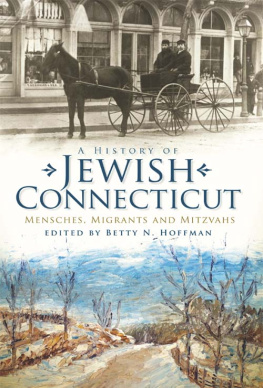
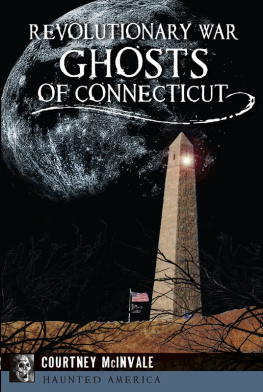


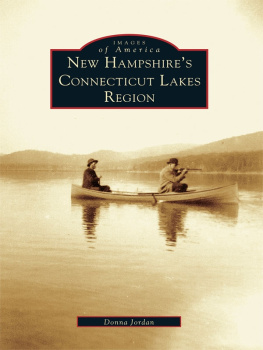
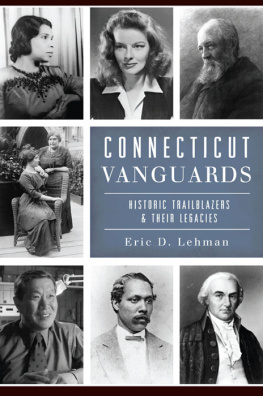
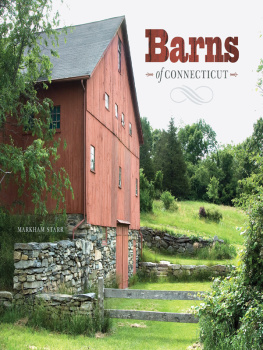
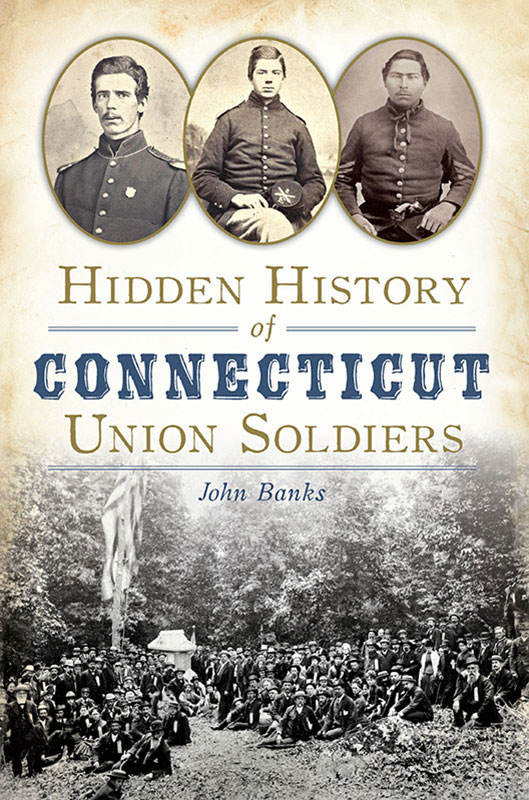


 REMEMBERING
REMEMBERING